North Korea’s Latest Hypersonic Missile System Is One Sinister-Looking Weapon
North Korea just tested a solid-fuel intermediate-range ballistic missile with a wedge-shaped hypersonic boost-glide vehicle on top.
The North Koreans have released pictures and video showing what they claim is a new intermediate-range hypersonic weapon that uses a solid-fuel rocket booster and is topped with a wedge-shaped hypersonic boost-glide vehicle. The 14-wheel transport-erector-launcher (TEL) for the missile, called the Hwasongpho-16B, also has a clamshell section at the front that keeps the boost-glide vehicle, which is otherwise exposed, protected prior to launch. And yes, it is one sinister-looking concoction.
As is typically the case, North Korean authorities released imagery and videos of the Hwasongpho-16B (which is also being referred to as the Hwasong-16B) along with an official release a day after the launch was conducted. It is already the afternoon of April 3 on the Korean Peninsula.
The test launch was conducted from a site outside of North Korea's capital Pyongyang that has been used in the past. The country's leader Kim Jong Un was, as is customary, in attendance, as were other senior officials.
The official North Korean statement says that the missile "reached its first peak at the height of 101.1 kilometers [just over 62.8 miles] and the second [at] 72.3 kilometers [close to 45 miles] while making [a] 1,000-km-long flight [just over 621 miles] as scheduled to accurately hit the waters of the East Sea of Korea [also known as the Sea of Japan]."
For their part, South Korean authorities said yesterday that they had assessed the total distance covered by the missile to be around 372 miles (600 kilometers). They also said it was an intermediate-range ballistic missile, a category of ballistic missiles with maximum ranges between approximately 1,864 and 3,418 miles (3,000 and 5,500 kilometers), but added that "the North Koreans were likely experimenting with new warhead technologies," according to the AP.
Though The War Zone cannot independently verify North Korea's claims, the description of the Hwasongpho-16B test having two peak altitudes is in line with how weapons like this are designed to function. Hypersonic boost-glide vehicles are unpowered and rocket boosters are used to get them to a desired altitude and speed before they are released.
After release, the boost-glide vehicle travels along a relatively shallow atmospheric flight path at hypersonic speeds, generally defined as anything above Mach 5, to its target. The vehicles are also designed to have a significant degree of maneuverability, allowing them to erratically change course and climb and descend along the way. This, together with their high speed, presents significant challenges for defenders when it comes to detecting and tracking the vehicle, as well as potentially attempting to intercept it or otherwise react to the incoming threat.
North Korea's release claims the Hwasongpho-16B test demonstrated the boost-glide vehicle's ability to conduct "gliding-skip" maneuvers and to rapidly change direction. Also known as a "porpoise" trajectory, skip-gliding typically involves at least one pull-up maneuver to create one or more downward "steps" as the vehicle heads toward its target. This is a capability that more traditional ballistic missiles with detachable maneuverable re-entry vehicles (MaRV) have to varying degrees, too.
The Hwasongpho-16B is also described as having "military strategic value," phrasing that authorities in North Korea have used in the past to describe nuclear-capable systems. However, there is no specific mention of exactly what kind of warhead could be fitted inside the boost-glide vehicle. It could potentially be envisioned as a dual-role system, with conventional and nuclear warhead types being accommodated. Still, a nuclear warhead would likely be the priority for a North Korean system like this.
The North Korean release further says that the Hwasongpho-16B has a two-stage booster section. From the pictures that the regime in Pyongyang has put out, it is unclear how many individual rocket motors might be contained in the first stage. The North Korean government made a separate announcement about a test of what was said to be a new solid-fuel rocket motor last month.
North Korea has been heavily investing in solid-fuel rocket motors for its increasingly diverse arsenal of ballistic missiles for years now. Compared to liquid-fuel types, solid-fuel rockets are safer to handle and easier to maintain. The volatile and corrosive qualities of liquid rocket fuels typically mean missiles that are powered by them cannot be kept fueled for extended periods of time, though there are exceptions as you can read more about here. Missiles that use solid-fuel rocket motors, which do not need to be fueled before launch, are therefore much more responsive and flexible weapons that are also harder to target.
With this in mind, it is worth noting that North Korea has previously tested another ballistic missile-type design with a hypersonic boost-glide vehicle on top, called the Hwasong-8. However, that design used a liquid-fuel booster.
Based on the official English translation of the statement about the Hwasongpho-16B may suggest North Korea is looking to abandon liquid-fuel ballistic missiles, and hypersonic weapons based on them, altogether. Experts have noted that this does not directly align with the Korean language statement, which talks more generally about North Korea's work in the field of solid-fuel rockets.
As with the Hwasong-8 before it, the Hwasongpho-16B has a number of general visual similarities to the Chinese road-mobile DF-17 both in its design and that of its TEL, though the designs are clearly distinct. There have been indications in the past that Russia's silo-launched Avangard hypersonic missile, another type tipped with a boost-glide vehicle, might also have a broadly similar configuration.
There are certainly questions about what kind of outside assistance North Korea may have received to support its hypersonic boost-glide vehicle developments. These are incredibly challenging technologies that much more advanced countries struggle with bringing to fruition.
Whether there is any relationship to the DF-17 specifically, China could be one source of relevant technology and experience that could have aided in the development of the Hwasongpho-16B. North Korea and China have long been allies and Beijing has been accused in the past of helping Pyongyang evade international sanctions.
Last year, South Korea accused Russia of providing assistance to North Korea to support its spy satellite launch program. Relations between the Kremlin and Pyongyang have grown significantly tighter since Russia launched its all-out invasion of Ukraine in 2022. Russia has since acquired large amounts of munitions, including short-range ballistic missiles, from North Korea to sustain its war effort and has cemented those deals in part through exchanges in kind. The U.S. government has said this includes support for North Korea's domestic ballistic missile programs.
Espionage is another potential avenue through which North Korea may have supported its hypersonic weapon developments.
However, even with North Korea's previous claims about its development of hypersonic boost-glide vehicles, it remains unknown just how viable a weapon the Hwasongpho-16B might be at present or even in the foreseeable future. Wedge-shaped boost-glide vehicles are notoriously difficult to design and bring to an operational state. Just the fact they are flight testing anything like this has major propaganda value as hypersonic weapons become a very sought after capability among major powers, as well.
The U.S. Army and U.S. Navy are currently working on a common intermediate-range hypersonic missile, which uses a simpler conical boost-glide vehicle. The plan is for that weapon, the development of which has been delayed multiple times, to ultimately arm Zumwalt class stealth destroyers and Block V Virginia class submarines, and be capable of being fired from ground-based launchers. The U.S. Air Force and the Defense Advanced Research Projects Agency (DARPA) had been working on air-launched hypersonic designs using wedge-shaped boost-glide vehicles, but the future of those developments is currently uncertain, as you can read more about here.
What is clear is that North Korea continues to push ahead with the development of new ballistic and hypersonic missiles, as well as work on other advanced weapons, which now include the Hwasongpho-16B.
Contact the author: joe@twz.com
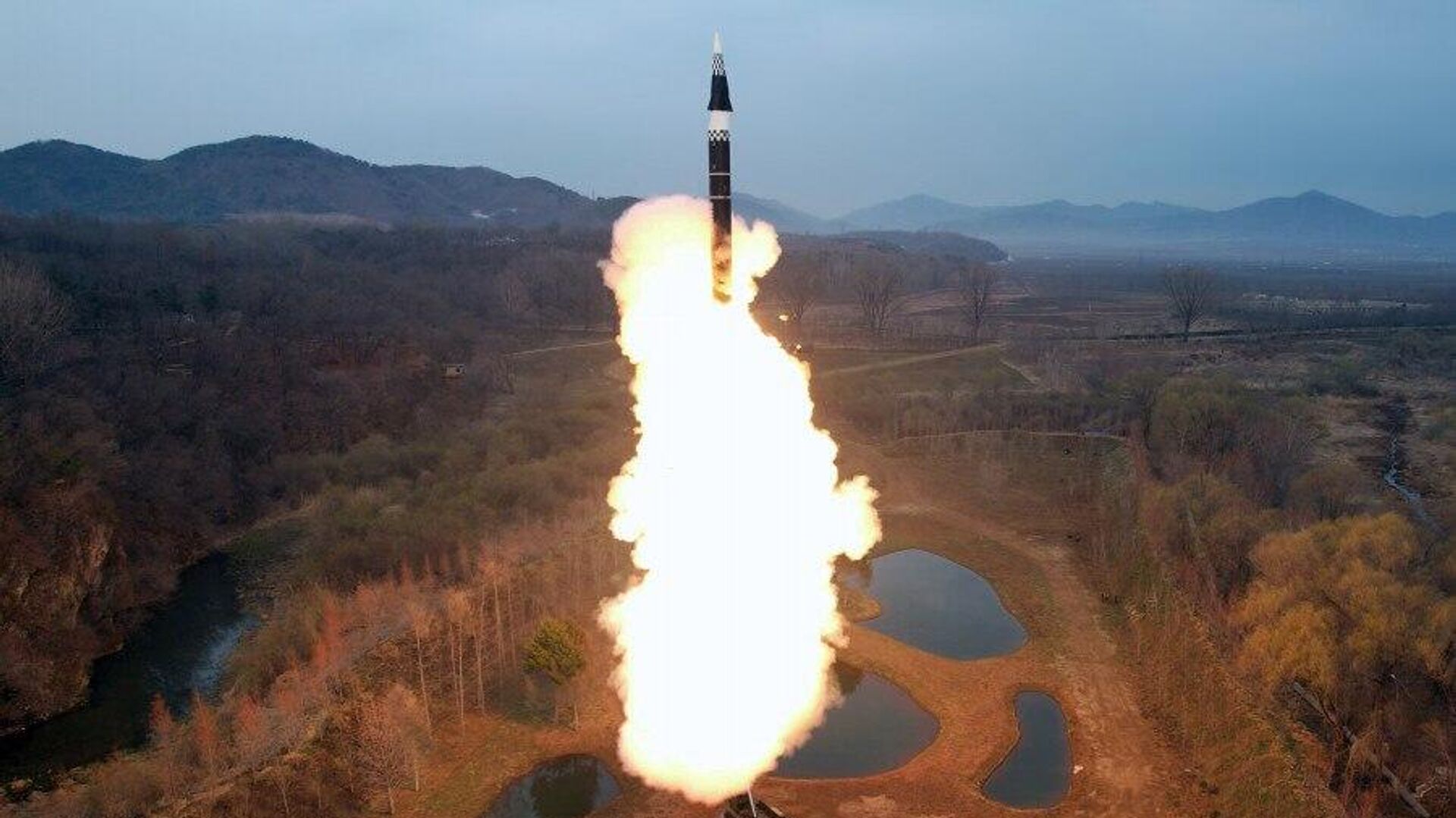


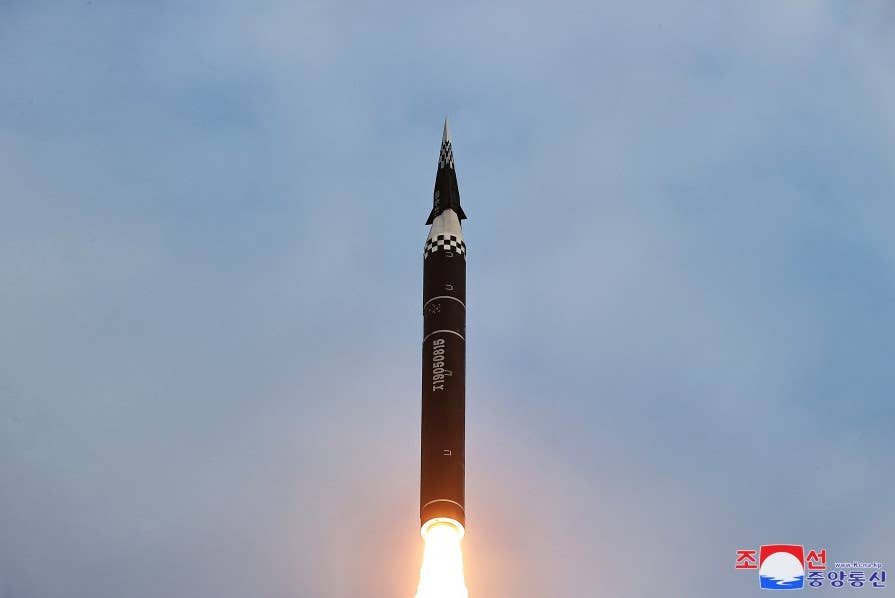
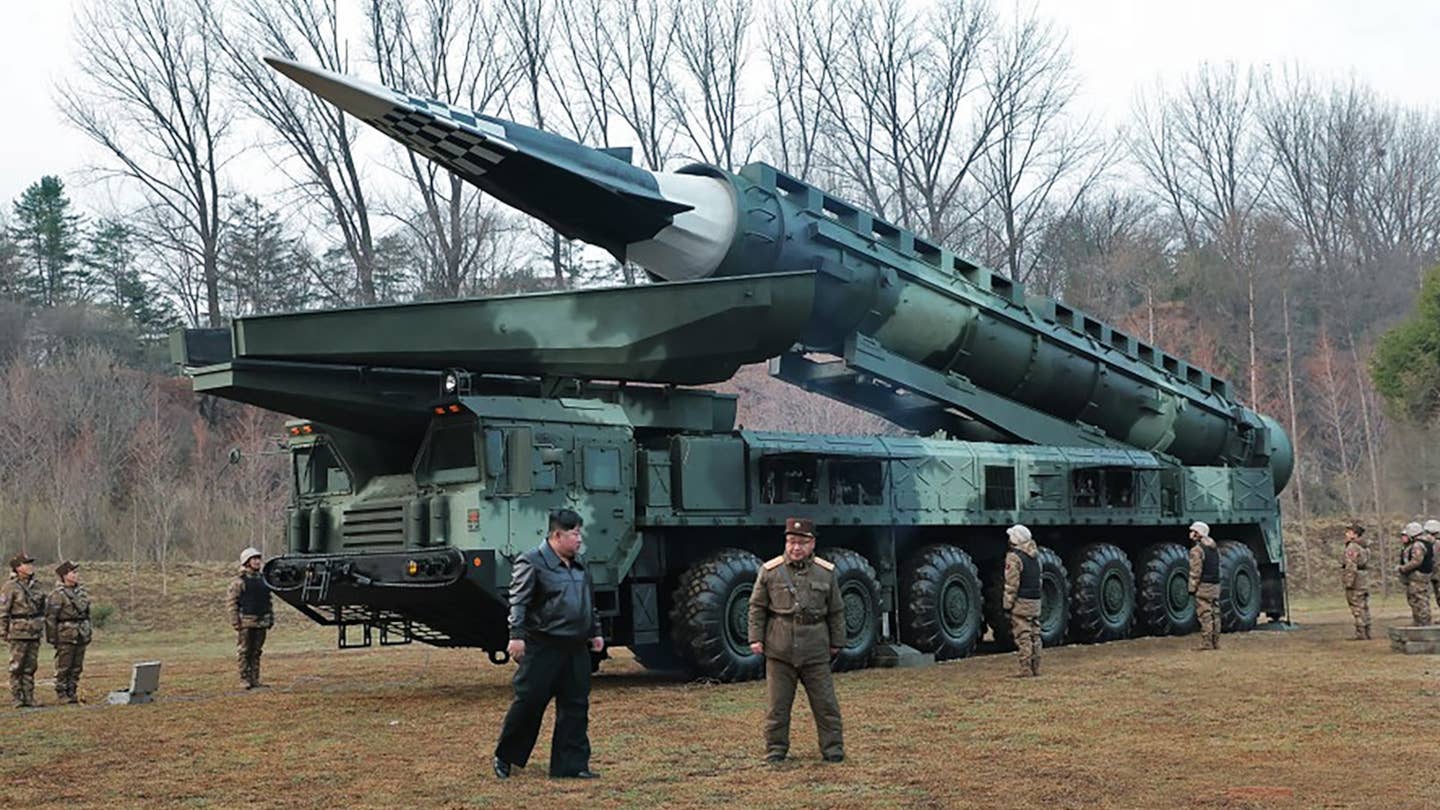
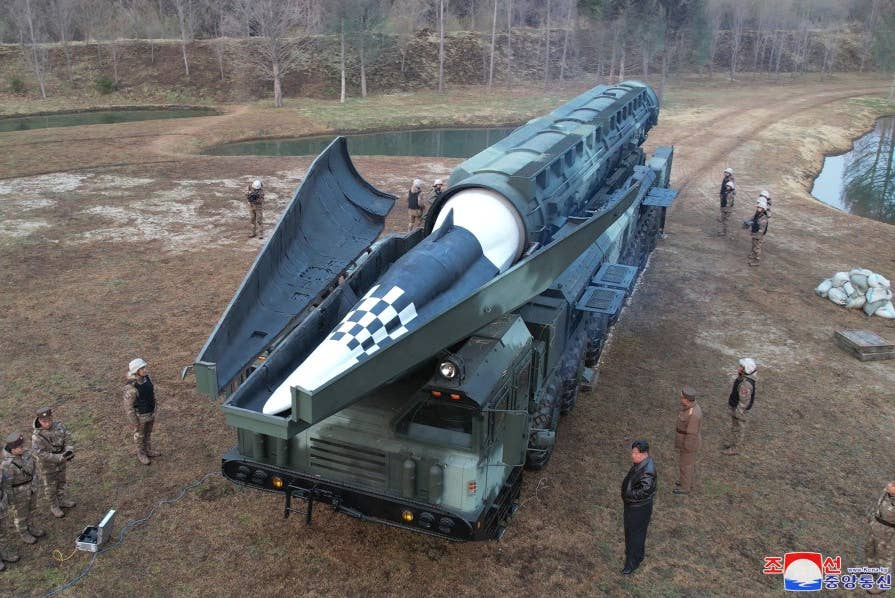
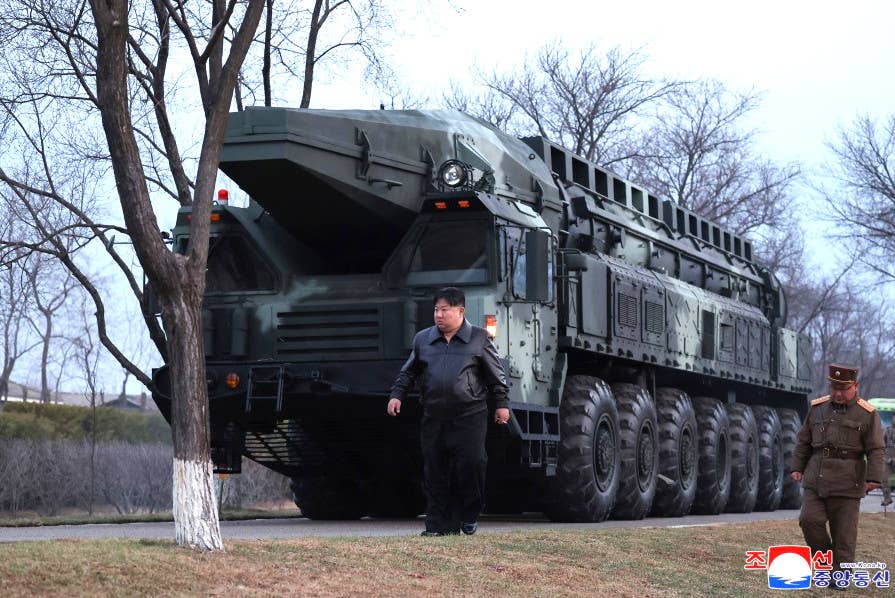
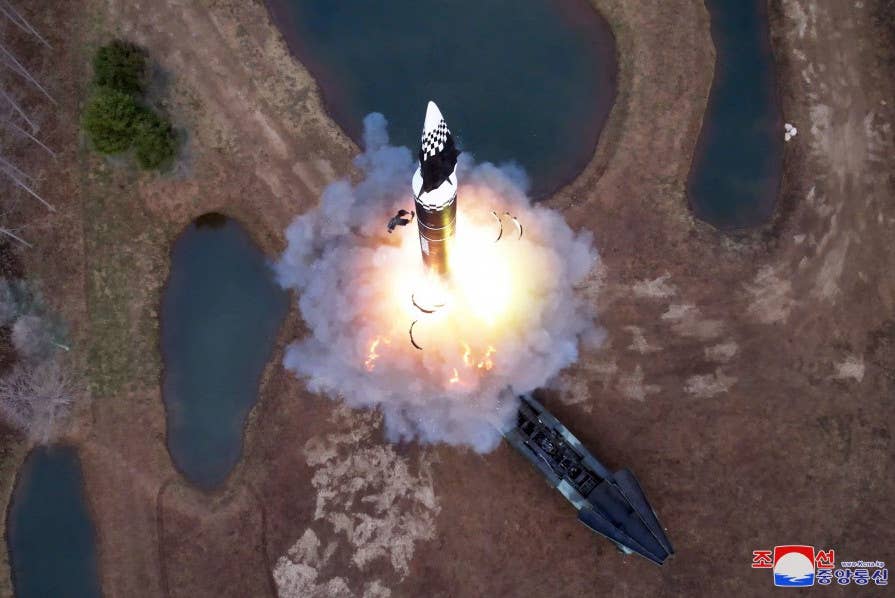
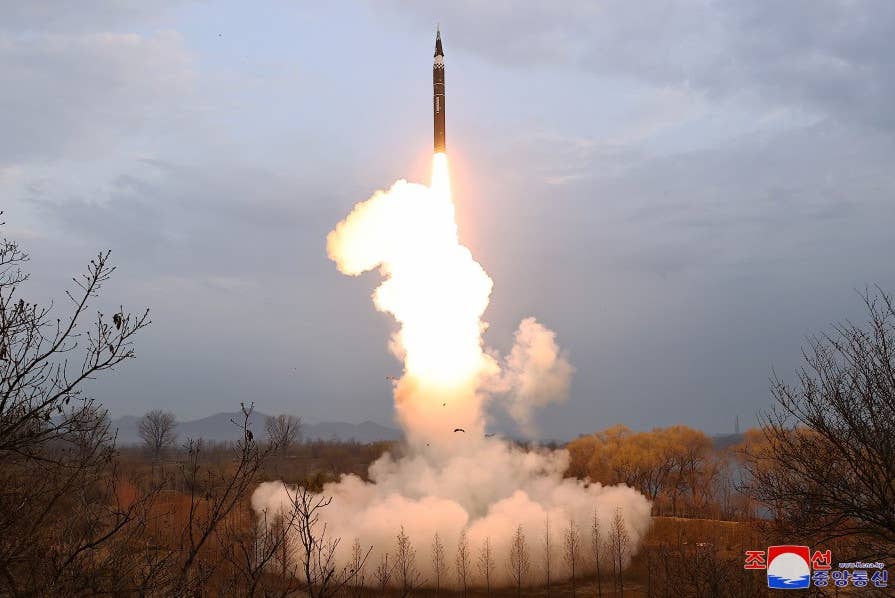
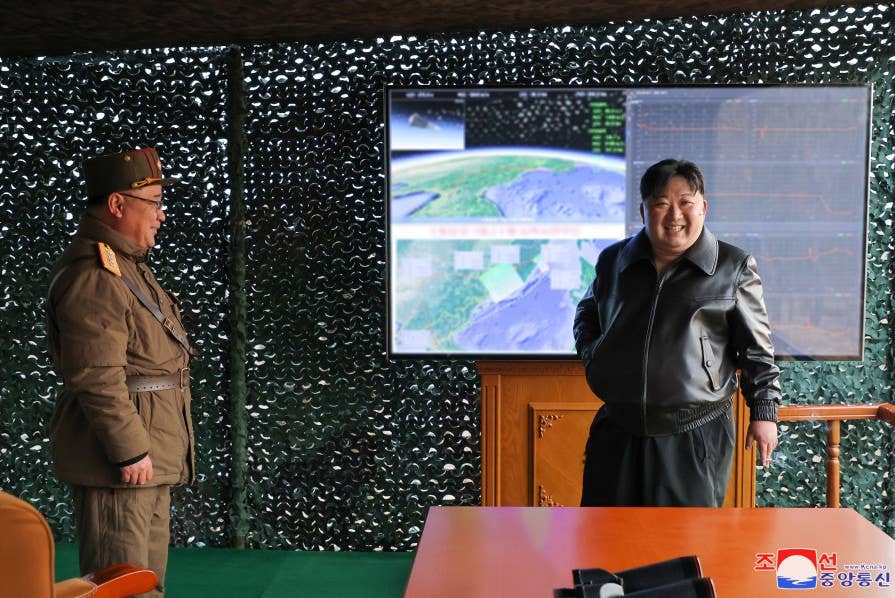
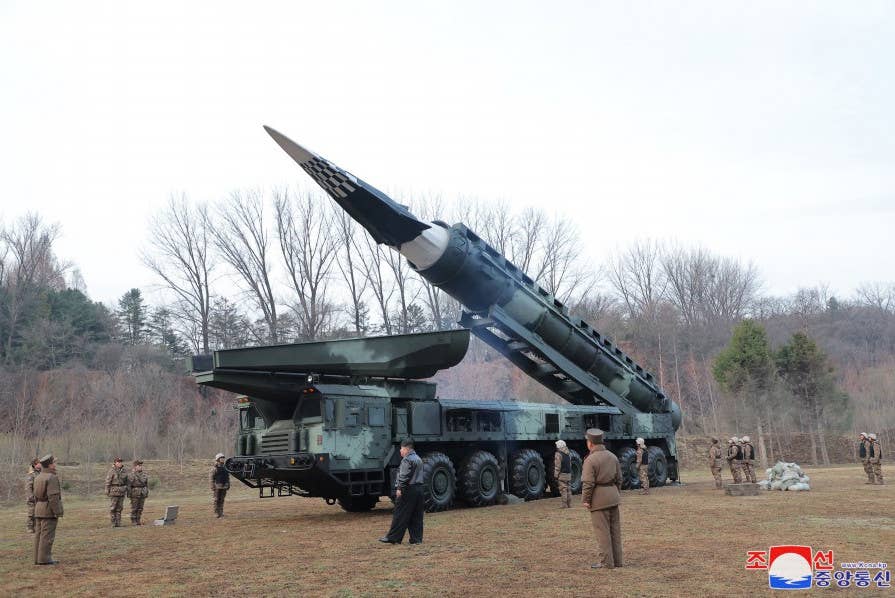
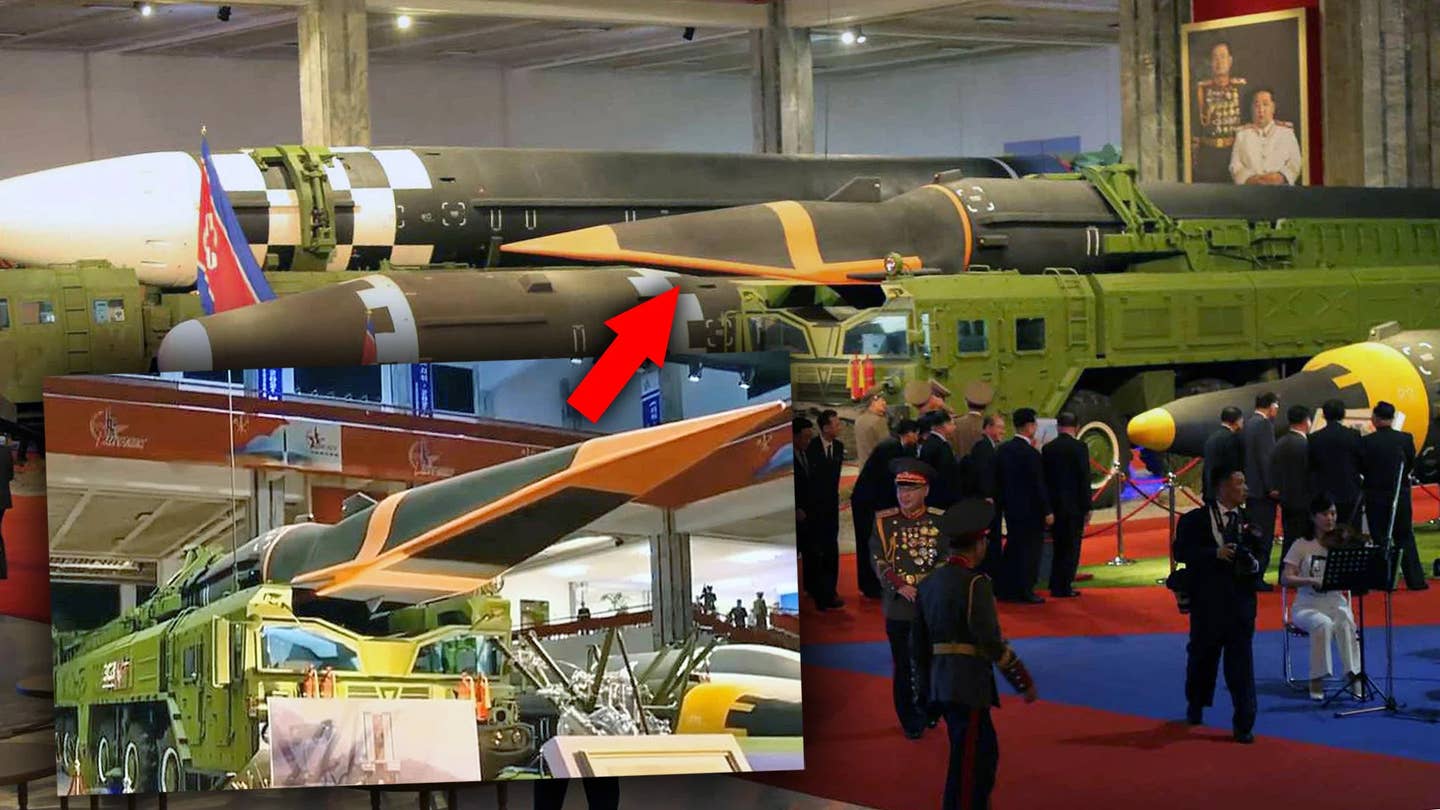
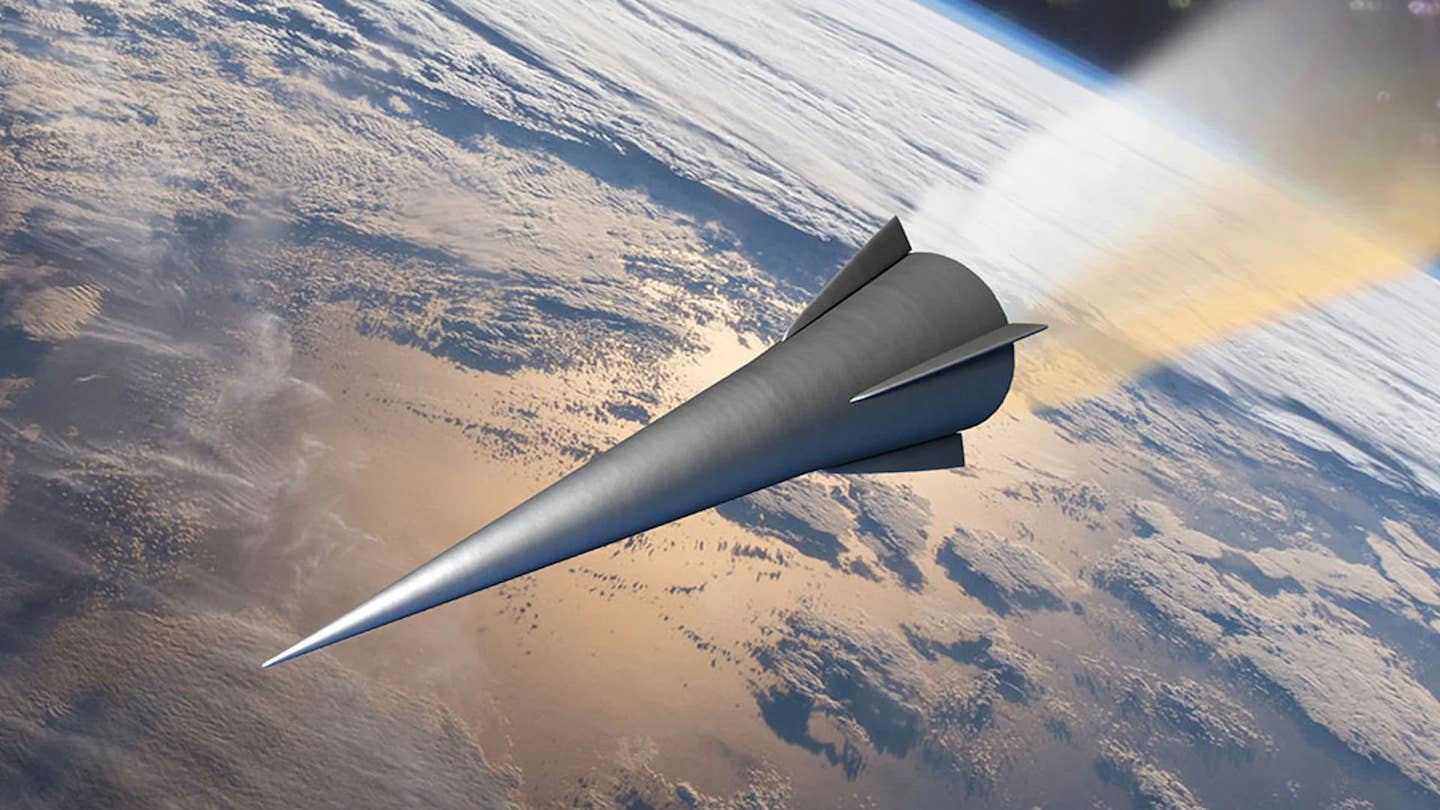


No comments:
Post a Comment